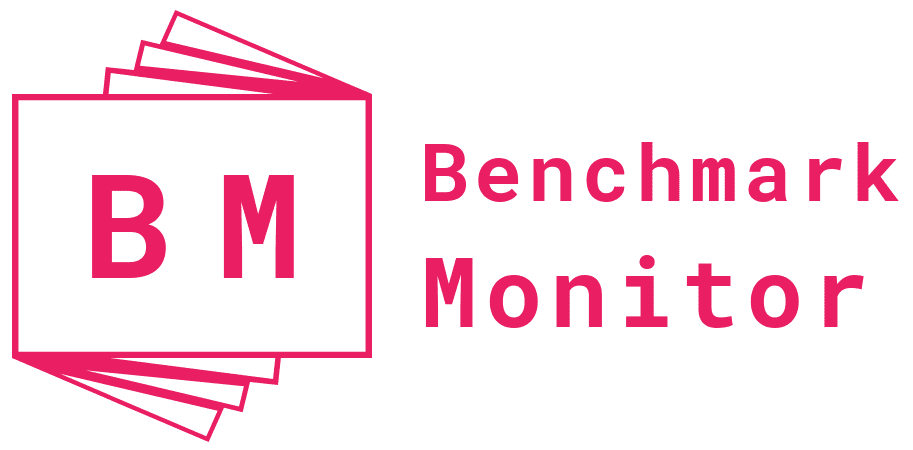The global Covid-19 pandemic and ensuing economic recession is forcing people to adjust how they live, work and play. More people are looking to start an online business or to work from home to stay safe from the Coronavirus outbreak. Creating a multilingual website will increase your ability to work from home or to start an online business, enjoying more prosperity even as the global c-virus pandemic passes by.
In the early days of the internet, each site had to be individually scripted or programmed making it all but impossible (and far too expensive) for the average person or even small business to have a website even in a single language. Fortunately, this has changed over the years and there is virtually no excuse for not having a website, and if you are running a business online, even less excuse for not having a multilingual website.
In this day and age, the most popular means to create a multilingual website is using a CMS or Content Management System. Joomla used to be the most popular CMS, though it seems that it may have been supplanted by WordPress over the last few years. WordPress also offers the means to create a multilingual website, though as will be noted later, this may not be the ideal solution for translation or localization as will be necessary to ensure the success of the website.
How do I Crete a Website Within a Website?
Table of Contents
For a multilingual website to be effective, it should have different layouts for each individual language, likely with small flags indicating which languages are being represented. It is very common for these small flags to serve as hyperlinks to take the visitor to a website within the website, with all of the website content posted in the language represented by the flag.
While there are many different ways to accomplish this, among the easiest is through the use of subdirectories, with each subdirectory named according to the language that it will represent. Thus, the English version of the website may be seen as webdomain/english/index, the Spanish variation of the same website may be webdomain/espanol/index and so on.
Care should be taken to ensure that the languages are all represented by the spelling used in the native language. If it were named webdomain/spanish/index, native speakers of Spanish may have a difficult time locating the proper subdirectory for their preferred language.
How do I Use Translation Plugins?
There are many different plugins for the CMS that can provide machine translations, but these have been known to be less than ideal, especially when pursuing larger, international markets online. According to this report posted on ResearchGate, there are numerous problems even among the best software and machine translation programs.
If the website is just being built as a means to pass the time during a period of self-isolation or social distancing, just to outlast the global coronavirus pandemic, machine translations may be fine. If the idea however, is to create a multilingual website that will attract visitors from around the globe and supplement an income during the imminent economic recession, it may be best to use a certified translation agency, preferably one that offers localization services.
What Is Localization?
Localization is the means by which the website owner has the capacity to speak to each audience member on their own level. The broader the platform, the broader the localization efforts can be. For example, an English version of the website can be posted in “general English”, serving English speaking markets around the globe. Local advertising however, should be based on the local market.
An example of this may be British English as opposed to American English for advertisements running in the UK and the US. While this does include translation services, it is much more inclusive and focused as well. Ad campaigns for rural markets will be different from ad campaigns for large city markets. Localization is effective like translation in addition to an intimate cultural awareness at the same time.
When Do I Need Translation and Localization Services?
If the website is just being built as a means to pass the time, it may not be necessary to use professional translation services. It could be that the person building the multilingual website does not have the funds to pay for a professional website translation. Unfortunately, even such a position will often prove far more costly in both the short run and the long-term lifespan of the multilingual website.
For anyone doing online business through their website, whether they are a remote services provider, a general freelancer or an ecommerce shop owner, professional translation and localization services are always a worthwhile expense. Would you hire a plumber who could not accurately describe the problem? Would you hire a consultant who could not accurately describe a solution?
A website that is full of errors is not going to attract a viable audience. Likewise, a website that is full of materials that other people may find offensive is going to be just as detrimental for the online business. The use of professional translation and localization services will help to avoid both of these problems, while at the same time speaking to the audience in a way that they will understand and connect with.
A professional translation agency performing document translation services for all of the website materials will know and understand how and when to translate literally, and when to translate meaning and intent. Likewise, professional localization services will allow the multilingual website owner to attract customers from around the world, without driving off entire groups due to being unaware of local sensitivities.
How do I Analyze Website Traffic?
Gogle Analytics should be included on every page of the multilingual website. While Google Analytics may not be the best program for analyzing the website data, there is one very important feature it offers that no others do. Having Google track each and every page means that each and every page with the Google code will be indexed by Google. This is going to be necessary to help gain traction in search results.
As for actual traffic data for the website, there are many different programs to track traffic, but AWStats is by far the most popular. In fact, the vast amount of information provided by AWStats may be intimidating at first, but with a little bit of research, it can provide all of the necessary information to optimize the website and ensure both domestic and foreign traffic stay on the rise and remain effective.
What Do I Do With Website Traffic Statistics?
The information about the multilingual website provided by AWStats can be compiled and used to make the multilingual website more effective in its intended function. AWStats provides information about who the audience is, what keywords are eing used to find the site, and more importantly where these people are entering the website, where they are leaving, and what they are visiting in between.
When the data is sufficiently well analyzed, it can be used to increase visitors to the site by providing the most successful keywords, and giving the multilingual website owner other options as well.
If the vast majority of visitors are coming from specific locations, localization services can provide more efficient marketing options specifically targeting these areas. If the vast majority are coming from single nations, the translations may be adjusted to be optimized for the local variations of that language.
The continued focus on localization will allow the multilingual website owner to focus on those markets which are not only more prevalent, but more profitable, making it easier to survive the global economic recession that seems to be coming as a result of the global coronavirus outbreak.

